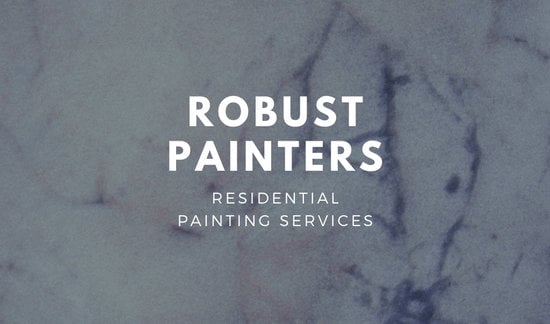Climate'S Effect On Business Outside Paint: Important Knowledge For Success
Climate'S Effect On Business Outside Paint: Important Knowledge For Success
Blog Article
Composed By-MacKinnon Silver
When you're planning an industrial exterior painting task, don't underestimate the impact of weather on your results. You require to think about aspects like temperature, moisture, and rainfall, as they can make or break your paint task. For example, did you recognize that suitable problems call for details temperature level ranges and humidity levels? Failing to keep track of these facets can bring about irregular finishes or perhaps damages to fresh paint. Comprehending these elements is essential to accomplishing a resilient, expert end result. So, what details weather should you be wary of?
Temperature Considerations
When it pertains to commercial external paint, temperature level plays a critical function in the outcome of your project. If you're repainting in severe warmth, the paint can dry out too quickly, causing concerns like inadequate bond and unequal surfaces. You wish to go for temperatures in between 50 ° F and 85 ° F for the best outcomes. Listed below 50 ° F, paint may not cure effectively, while above 85 ° F, you risk blistering and splitting.
Timing your project with the ideal temperatures is vital. Begin your work early in the early morning or later in the mid-day when it's cooler, especially throughout hot months.
Likewise, take into consideration the surface area temperature; it can be dramatically greater than the air temperature level, particularly on bright days. Make use of a surface area thermometer to check this before you begin.
If temperatures are unforeseeable, keep an eye on the weather forecast. distribution facility painting or warm front can thwart your strategies. You don't intend to start painting just to have the problems transform mid-project.
Moisture Degrees
Humidity degrees dramatically affect the success of your industrial exterior painting project. When the humidity is expensive, it can hinder paint drying out and healing, bring about a series of concerns like inadequate adhesion and end up high quality.
If you're planning a task during wet problems, you could discover that the paint takes longer to completely dry, which can expand your task timeline and increase costs.
Conversely, low humidity can additionally pose difficulties. Paint may dry too promptly, avoiding correct application and leading to an unequal finish.
You'll want to keep track of the humidity degrees very closely to guarantee you're working within the ideal range, generally between 40% and 70%.
To get the very best outcomes, take into consideration making use of a hygrometer to gauge humidity prior to beginning your job.
If visit the next document discover the levels are outside the optimum array, you may need to readjust your timetable or choose paints designed for variable problems.
Constantly seek advice from the producer's guidelines for certain suggestions on moisture tolerance.
Rainfall Influence
Rainfall or snow can substantially disrupt your industrial outside painting strategies. When rainfall takes place, it can wash away fresh used paint or create an uneven coating. Preferably, you wish to choose days with completely dry weather to make certain the paint adheres appropriately and remedies efficiently. If you're caught in a shower, it's finest to halt the job and wait on problems to improve.
Furthermore, snow can be even more destructive. Not only does it create a damp surface area, but it can also reduce temperatures, making it hard for paint to completely dry. This can lead to issues like peeling off or blistering down the line.
It's important to check the weather prediction prior to beginning your job. If rainfall or snow is predicted, consider rescheduling.
Always remember to enable appropriate drying time between coats, particularly if the climate continues to be unpredictable.
Conclusion
To conclude, watching on the weather is vital for a successful industrial outside paint project. By monitoring temperature, moisture, and precipitation, you can guarantee the best problems for application and curing. Keep in mind to prepare your job around favorable weather and constantly follow manufacturer guidelines. With the ideal approach, you'll accomplish a resilient, beautiful finish that can endure the aspects. Don't let the weather capture you off-guard-- stay notified and repaint smart!
